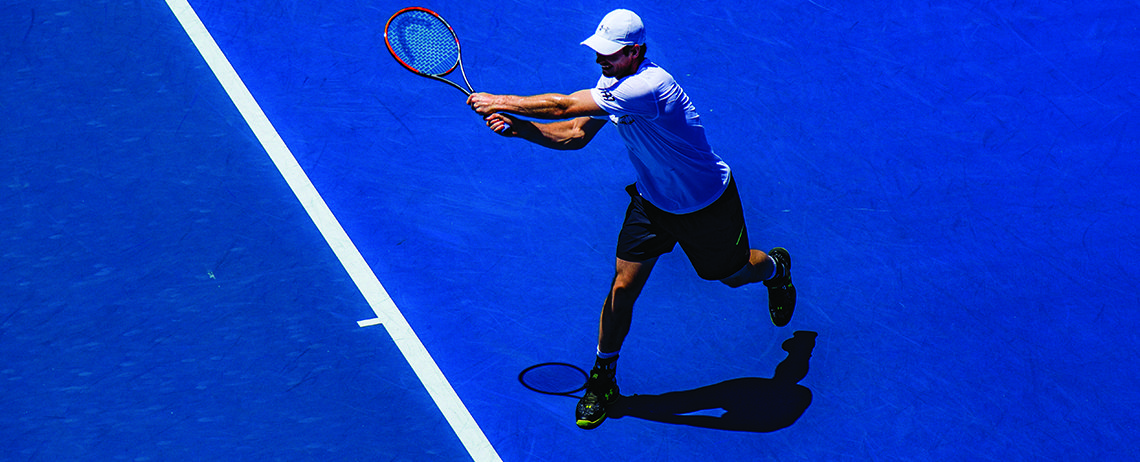High Temperatures During Australian Open a Challenge to Player Safety
SafetyCulture News | By | 17 Jan 2019 | 2 minute read

In August 2018 tennis players at the US Open in Flushing, New York sweltered through unbearably hot conditions, and for the first time in the history of the tournament, an extreme heat rule was put into place to help ensure player safety.
Even so, five players were forced to retire on the second day due to the heat. Those extreme conditions in the late New York summer were some of the worst the US tournament had ever seen, but players and commentators both pointed out that Australia’s January open had long been notorious for its scorching days.
In 2018 the first days of the Open were marked by one of Australia’s worst heat waves, with temperatures in Melbourne over 40 degrees celsius (104 fahrenheit) and humidity that made for unpleasant playing conditions.
While the Australian Open does have a longstanding extreme heat policy, in 2018 players called for changes, saying conditions on the court were simply dangerous.
French player Alize Cornet suffered dizzy spells and had to have a medical exam during her third-round loss. She told reporters that “playing in these conditions is very dangerous to the health of the player.”
And it’s not just the heat in the air, it’s also the way it’s magnified on the playing surface, which can get significantly hotter. In 2018 the court temperature soared to 69 degrees celsius at one point.
After last year, the Aus Open did change the heat policy. In December the organisers announced that there would be a heat stress scale implemented, with five levels, each one triggering a different response.
But like last year, players were hit hard by the heat in the first few days of the tournament, with some needing medical attention and others battling serious sweats. It’s been a longstanding problem at the Open, which became the first grand slam in the world to implement an extreme heat policy in 1998.
Experts told Melbourne’s The Age that players who wanted to try to stay cool should utilize ice towels and fans, which will help cool the body down and evaporate sweat, and to keep fluids up for hydration, although the temperature of the liquids doesn’t matter.
It’s never going to be easy to win a match at a grand slam tournament, but if players employ smart strategies to help keep them cool and organisers make sure to implement heat policies, then the risks should be easier to manage.
Australia’s current heat wave might be bad, but it pays to have a plan to ensure your workplace is safe for everyone.
Important Notice
The information contained in this article is general in nature and you should consider whether the information is appropriate to your specific needs. Legal and other matters referred to in this article are based on our interpretation of laws existing at the time and should not be relied on in place of professional advice. We are not responsible for the content of any site owned by a third party that may be linked to this article. SafetyCulture disclaims all liability (except for any liability which by law cannot be excluded) for any error, inaccuracy, or omission from the information contained in this article, any site linked to this article, and any loss or damage suffered by any person directly or indirectly through relying on this information.





